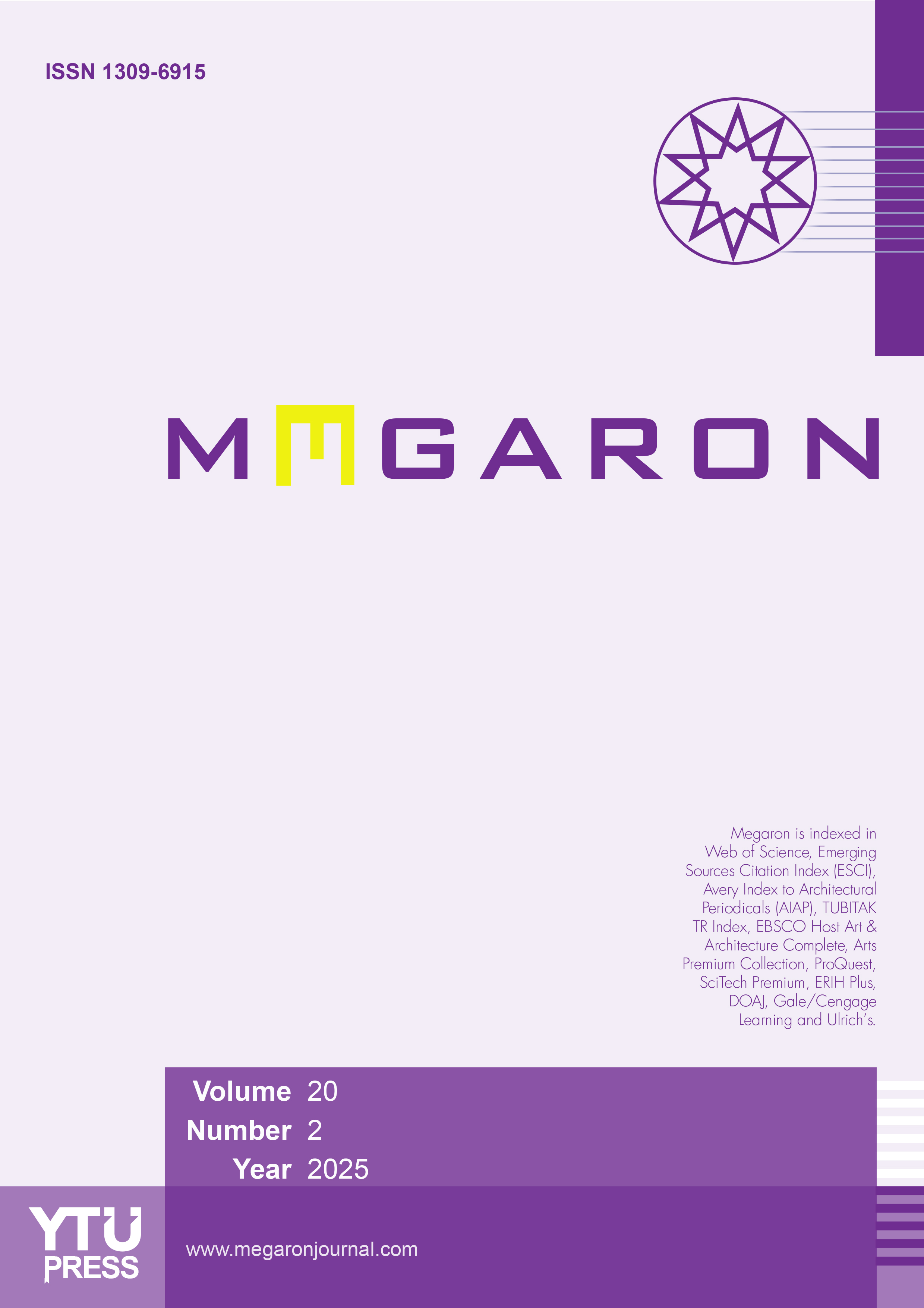Quick Search
Index and Coverage
Volume: 1 Issue: 2 - 2006
| ARTICLE | |
| 1. | Inscription Panels as a Source to Document the Urban Development in Konya During the Seljuk Period Mert Nezih Rifaioğlu Pages 99 - 111 The inscription panels are primary written documents placed on buildings, containing special utilizable information such as the date of construction, donor, architect or artist, the type of the building as well as additions, alterations, restorations related to the building or a group of buildings. The importance of the city of Konya continued through the ages because of its specific location on the caravan road, its geographic features, political importance during the Seljuk period. It developed especially in the Seljuk period as their capital. They constructed many beautiful and elaborate buildings during this period, many of which are still standing. The aim of this paper is to clarify urban development in the city of Konya during the Seljuk period by using information coming from the inscription panels. The methodology used began with a literature survey, followed by documentation and classification of the related inscription panels and the transfer of this information to maps for constituting visual documents. This study should be qualified as an essay related with the present topic because of insufficient studies on the inscription panels as a source to document urban development of the cities. |
| 2. | Sıcak İklim Bölgelerinde Soğutma Yüklerinin Karşılaştırılması F. İlgin Erkmen, Gülay Zorer Gedik, Müjgan Şerefhanoğlu Sözen Pages 112 - 125 In hot climates, the hot period is longer than the cold period. Therefore, in hot zones, the dominant hot period conditions are critical for the cooling load. Recently, climatic changes due to environmental pollution problems, such as heat effect and global warming, have given primary signifiance to energy consumption issues and cooling. This reserch aims to compare the cooling load of a building in hot climate: The city of Antalya for the hot humid and the city of Diyarbakır for hot dry climatic types are chosen as sample cases. The calculation of cooling load is based on the Cooling Load Temperature Difference (CLTD )method, which is operated on a simple building for the day of design, 21 July. The cooling load calculations are evaluated by compare the results of the two different climate types. |
| 3. | Osmanli Sivil Mimarliğinda İstanbul’daki Taş Odalar Ve Fener Evleri Safiye İrem Dizdar, Neslihan Sönmez Pages 126 - 142 Stone rooms form an example of storage space formed in tandem with social, economic and cultural change. These rooms have been examined within the framework of social and architectural influences comparing them with the group of buildings called the Fener Houses in terms of design characteristics and function. The concept of storage space and the first physical formation in buildings begins from the First Period up to the 19th Century in three religious, commercial and administrative structures and houses. The storage spaces that could be found in examples in the Southern and Balkan states under the Ottoman administration were confirmed. There are few examples of storerooms that still exist today and these can be learned about from archive documents in the Repairs Registers Catalogue, rental-sales house advertisements and the Inheritance Registers Catalogue. The architectural characteristics of the stone rooms and Fener Houses found in Istanbul, introducing them in detail with the catalogue. At the end of the general evaluation, the effect of the changes in social structure on the physical formations of the buildings of the changes was taken up separately under the heading of social results. |
| 4. | Visual Comfort and Efficient Energy Use in Classrooms Lighting – A Field Study of Classrooms Lighting Tuba Bostancı Başkan, Müjgan Şerefhanoğlu Sözen Pages 143 - 153 Human perceives the environment by physical stimulation of sense organs such as light, colour, acoustics, heathumidity, odor. Seeing comprises the biggest rate in this perception. Consequently, visual perception has an important role in learning. For this purpose, providing good visual conditions and also visual comfort is very important. Schools, having an effective role in learning, are the educational spaces where are needed to take care of providing visual comfort in lighting. Also, it is necessary to obtain use of efficient energy in these lighting designs. In this context, existing lighting designs in the classrooms of Ayazağa Işık High School have been examined and evaluated by means of measurements and questionnaires. Besides, other lighting designs which provide more suitable conditions have been done and differences between these systems have been compared. |








